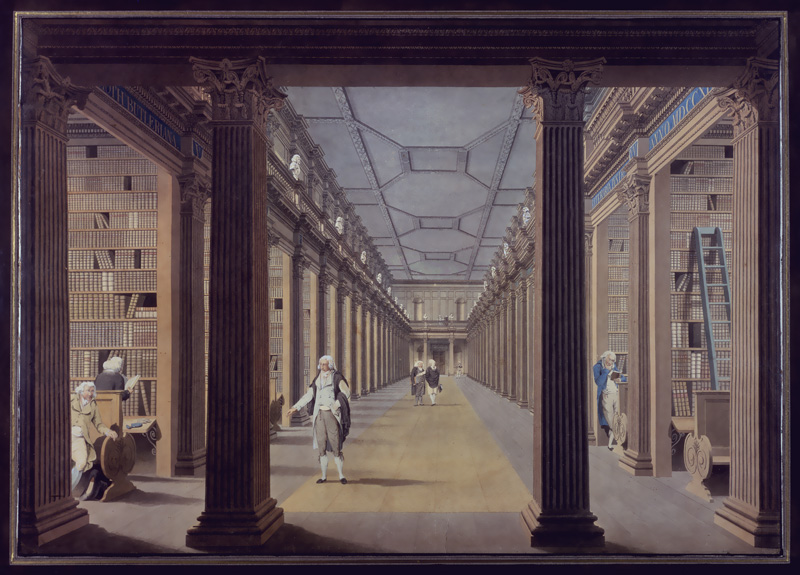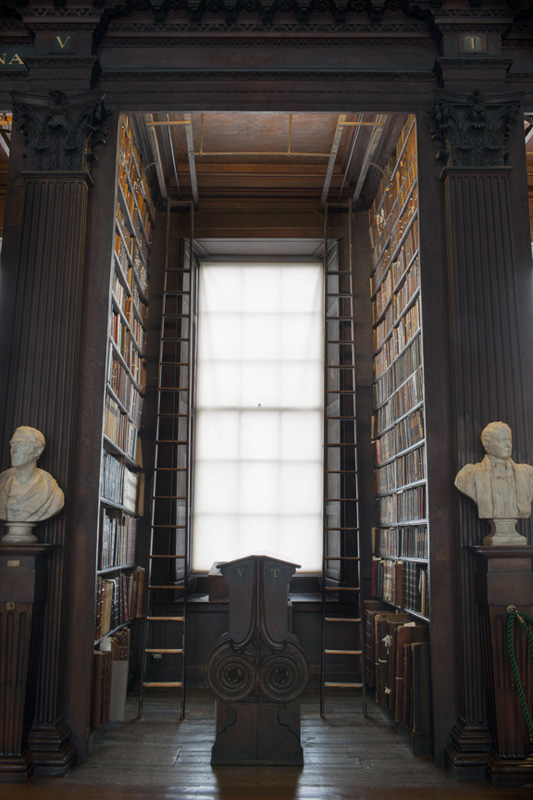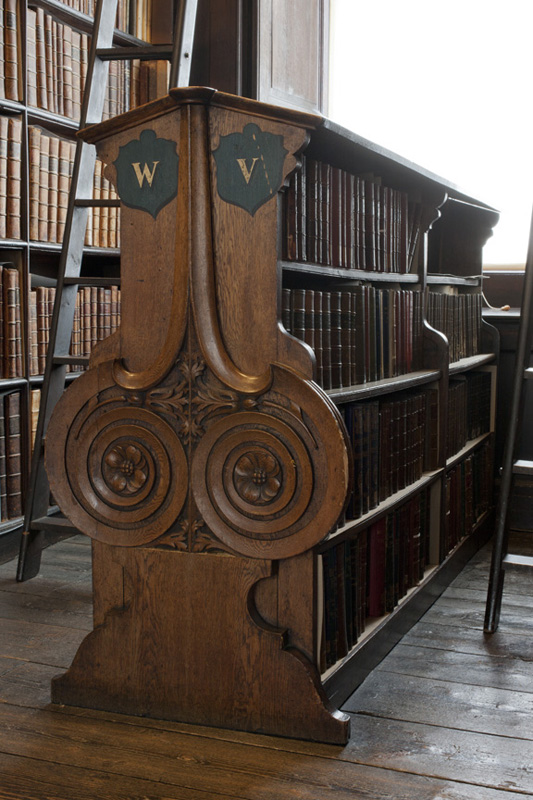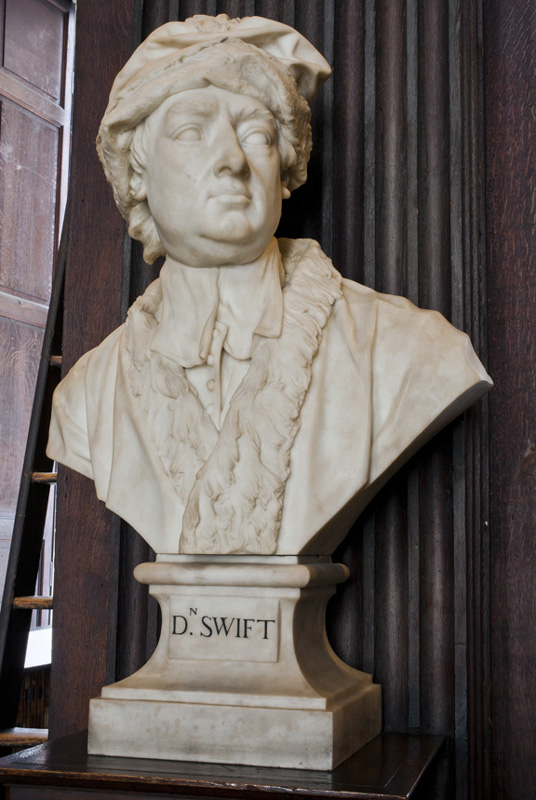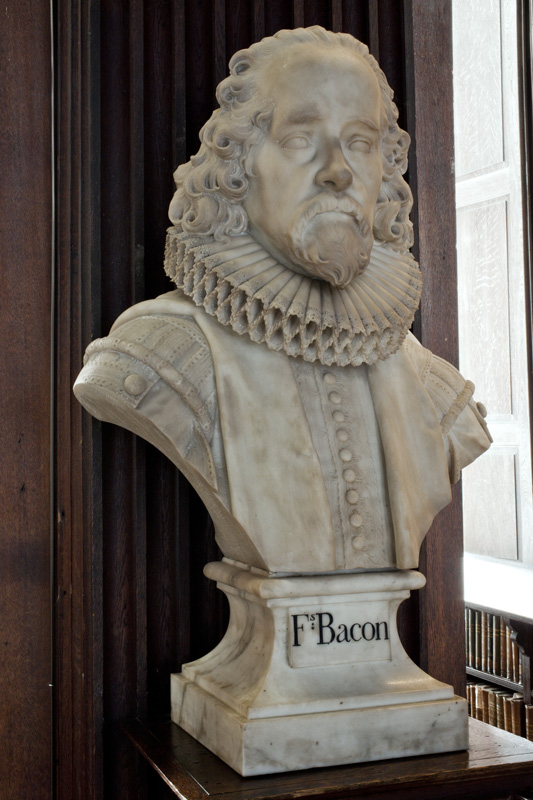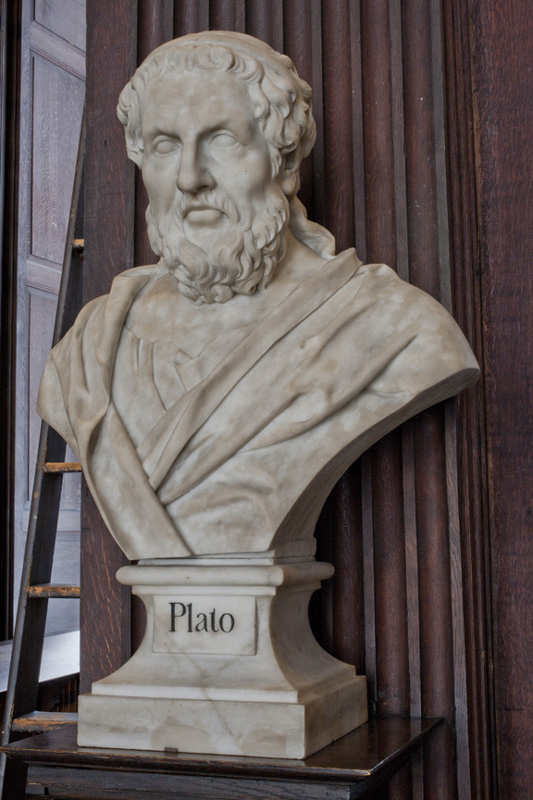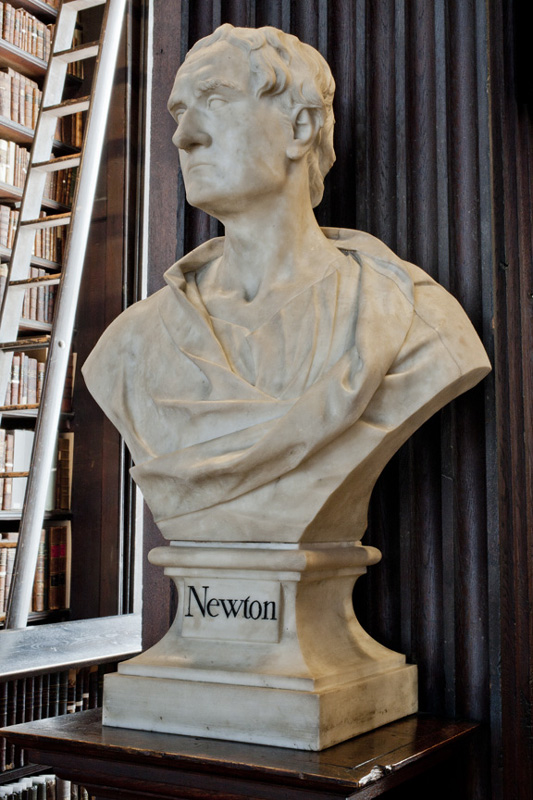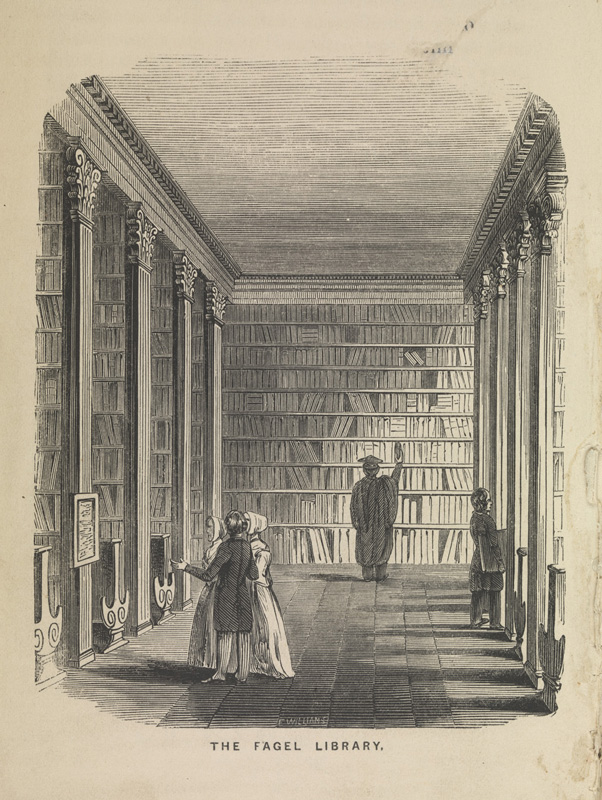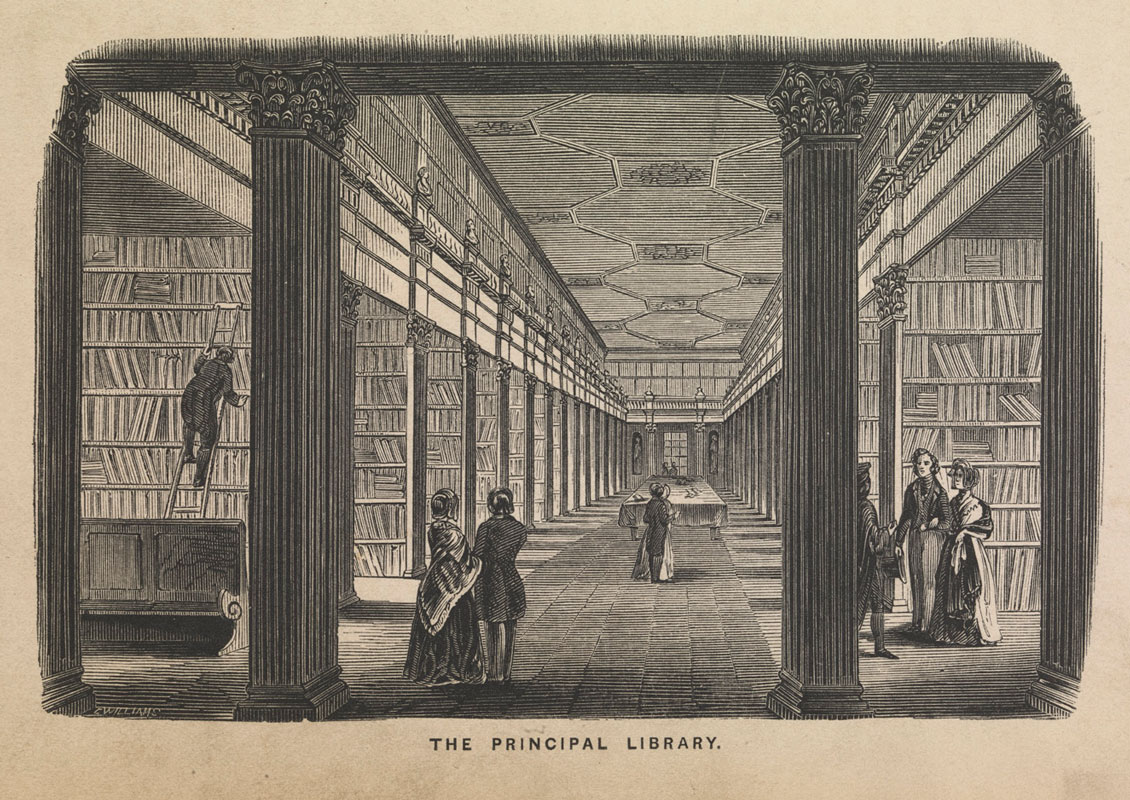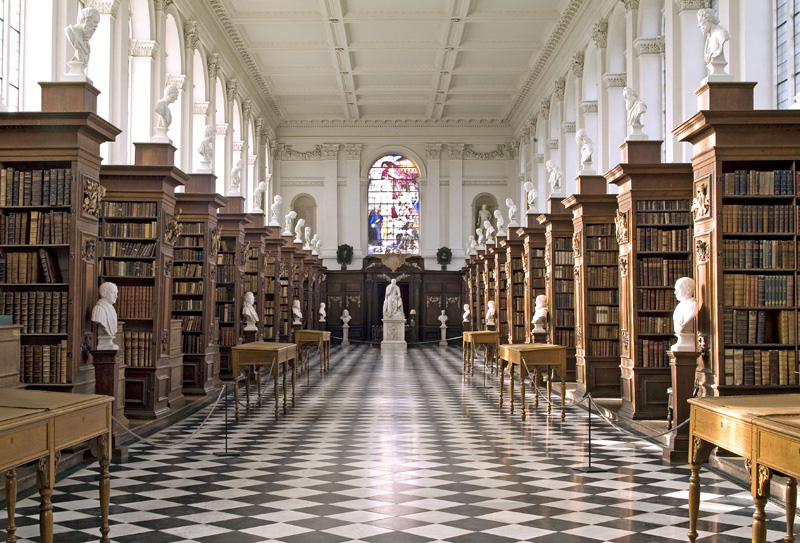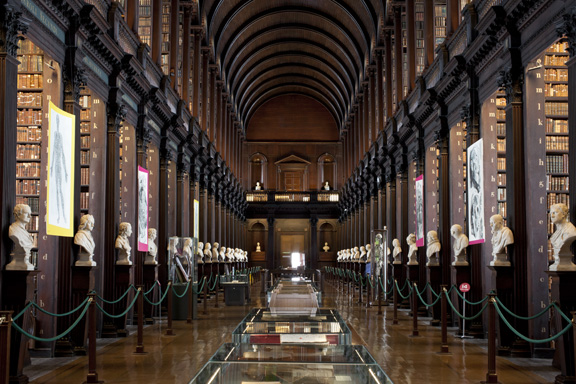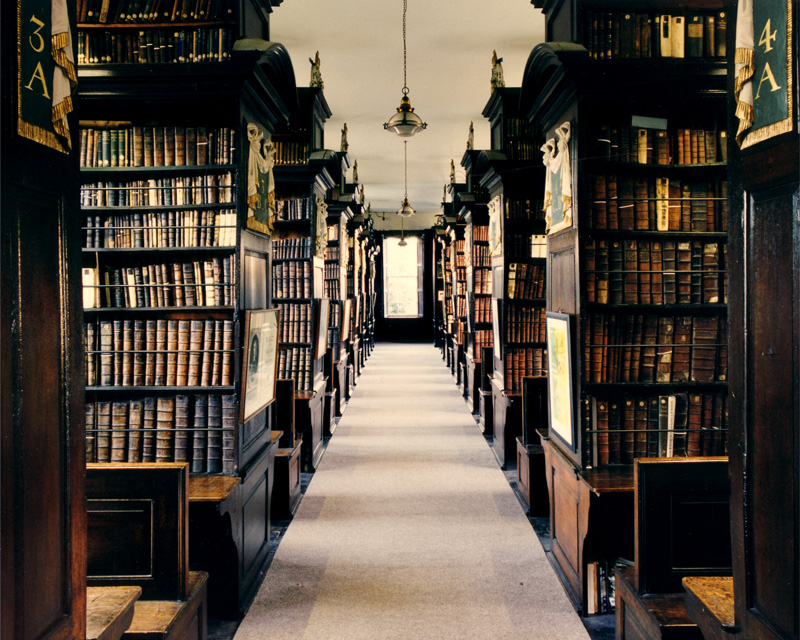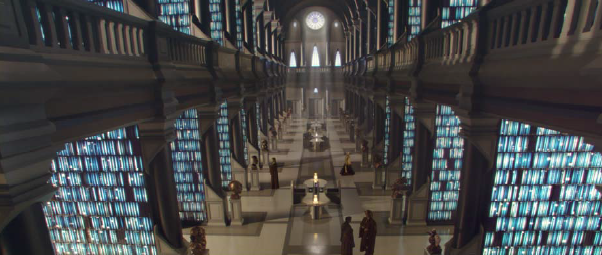The New Library
The instability and turmoil created in Ireland by the Jacobite war left its mark on Trinity College:
income – in the form of rents from the College
estates – dried up, and by March 1689 most of the Fellows had fled to England. By September of the same year the troops of James II had
occupied the College as a barracks and prison. A substantial amount of vandalism was inflicted on many of the buildings, but the Library escaped
relatively unscathed.
In the aftermath of William III’s victory at the Battle of the Boyne (1690) work began on rebuilding. The College authorities, in need of government funding, had to demonstrate their allegiance to the Whigs and the Protestant succession. In 1709 the Irish House of Commons petitioned the Queen to give £5,000 towards a new Library, claiming that the College stood for ‘good Literature and sound Revolution Principles’. Further petitions were made in the years following.
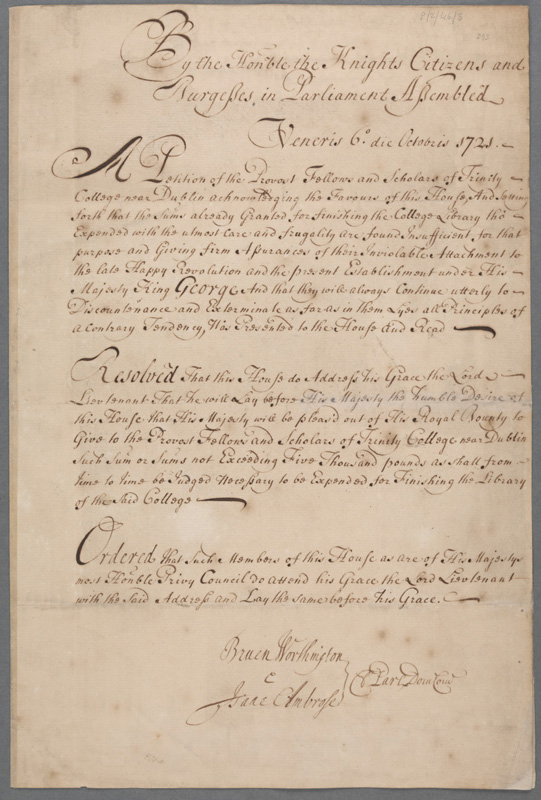 1721 petition
1721 petition
6 October 1721
In this resolution of the House of Commons, which requested the Lord Lieutenant to lay before King George I a request for funds for the building
of the Library, the Provost, Fellows and Scholars of Trinity College reaffirmed their ‘Inviolable Attachment to the late Happy Revolution’ and their
determination to ‘exterminate … all Principles of a contrary Tendency’.
TCD MUN P 2/46/3
According to the Board register of the time the foundation stone of the new Library was laid in May 1712.
Thomas Burgh (1670‐1730), chief engineer and surveyor‐general of Ireland, was appointed architect. His design was most likely influenced by Sir Christopher Wren’s library in Trinity College Cambridge, which had the main chamber placed over open arcades as a precaution against damp.
Burgh died in 1730, just two years before his greatest building was completed. The monumental scale of the Library owes much to the political stability and increased wealth of the 18th century, and to the ability of the College to continue extracting funds from the government of Queen Anne. £15,000 was secured in government grants between 1711 and 1722.
The new Library was finished in 1732, and was ready for use by the end of 1733. Books and manuscripts were transferred from the old Library, but there were only enough to fill a fraction of the space in the building.
Exterior
The original pale sandstone masonry on the upper floors of the new Library crumbled within decades, and was eventually replaced with granite. The arcade was built in dark calp limestone from Palmerstown, County Dublin, by the mason Moses Darley, and was bisected by a central wall, on the other side of which stood Library Square which completed the enclosed quadrangle of austere residential buildings. Of these, only the Rubrics survives today. The south side of the wall addressed Fellows’ Square, and was reserved for the exclusive use of the College Fellows. A pavilion was built at each end of the building, which served a variety of purposes throughout the years. Towards the end of the 19th century it was being proposed that the arcaded space beneath the Long Room be used for storage, and in 1892 the colonnades were enclosed.
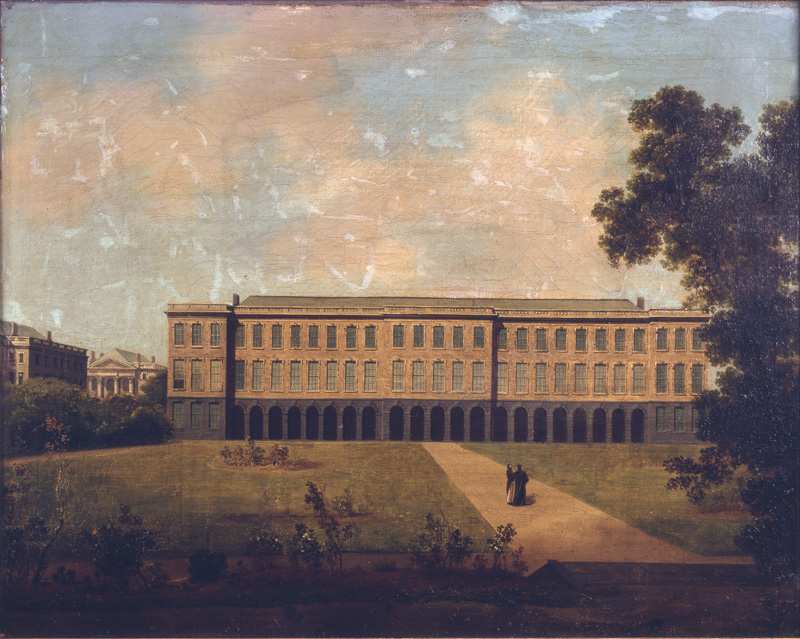 View of the Old Library by James Arthur O’Connor
View of the Old Library by James Arthur O’Connor
Image courtesy of the Trinity College Art Collections
Interior
Inside the building, the central chamber – known as the Long Room – is the most striking feature. On either side of this room, at each floor‐level window, shelves were built which jutted out at right angles to the exterior walls, forming alcoves capable of containing about 2,000 books each, There are 40 of these alcoves, which originally provided semi‐private and well‐lit spaces for the readers, seen in Malton’s view of the Long Room (below). Each had a bench in the middle and sloping desks projecting from the shelves for placing open books. Beneath these desks were empty spaces. Extra space was gained by removing the seats and reading tables in 1817. Shelves were built in their place, and further bookcases were erected under windows in the gallery.
By the early 1840s the Library was full with about 90,000 books, and it was receiving up to a further 2,000 books a year.
The dark oak interior of the Long Room is the work of master craftsmen, and College building accounts show repeated employment of several generations of the same families of artisans in plumbing, slating, painting, plastering and stone‐cutting. The joiner John Sisson made bookcases and panelling, while carpenter Isaac Wills worked on staircases and handrails. An elaborately carved timber gallery ran around the perimeter of the Long Room above the stalls, and served as a gracious walkway, free of books. The chamber as a whole was about 15 metres high, finished with a flat plaster ceiling.
Busts
The collection of busts, the only one of its kind in Ireland, ranges down both sides of the ground floor of the Long Room. Each stands on a wooden plinth abutting the projecting bookcases. There are four at each end of the room; two on the gallery and two on the ground floor. The subjects include classical and early modern figures, as well as scholars and prominent figures with Trinity College associations. In 1743 Claudius Gilbert left a bequest for the purchase of busts of men ‘eminent for learning to adorn the library’. These 14 busts were originally placed on the gallery, as is shown in James Malton’s view of 1793, but were moved to their present position when the roof was replaced in the mid nineteenth century. Eight of the busts were signed by the Flemish sculptor Peter Scheemakers, and included Homer, Shakespeare, John Milton, John Locke, and James Ussher. The French sculptor Louis Francois Roubiliac may have been involved in the production of the other six: Aristotle, Plato, Francis Bacon, Isaac Newton and the Irish scientist Robert Boyle. These busts, along with Roubiliac’s depiction of Jonathan Swift, were in place by March 1749. Other notable sculptors include Simon Vierpyl, John Van Nost the younger, William Behnes, Thomas Kirk and the Irish artist Christopher Moore.
Images courtesy of the Trinity College Art CollectionsFagel Library
In 1802 around 20,000 books and manuscripts formerly belonging to bibliophile Hendrik Fagel, chief minister of the Netherlands, were purchased for the College by the Erasmus Smith Charity. This collection was housed at the east end of the Long Room in the former Manuscripts Room, which was fitted out in the same manner as the main chamber, with oak pilasters and ornaments. When the east end of the Old Library was remodelled in the 1960s half of this collection had to be displaced, but part of the original structure can still be seen in the form of a caged area at the top of the stairs that leads from the Book of Kells display to the Long Room. Above this area is the reading room of the Early Printed Books and Special Collections
Alterations to the Long Room
Under the 1801 Copyright Act Trinity College was designated as an Irish legal deposit library entitled to a copy of every book published in the United Kingdom. This development led to a vast increase in accessions to the Library, which, coupled with the steady flow of books already coming into the building, caused a storage problem. In 1844 in response to this, James Henthorn Todd – then Assistant Librarian – had a prototype bookcase erected on the gallery of the Long Room. Over the next ten years the gallery was fitted out with similar bookcases, inserted under the windows. They revolved on hinges, had a fixed inner case and shelves on either side, and swung out on metal tracks. Some are still in operation today.
The ongoing storage issue, as well as the dilapidated state of the roof of the Old Library, led to a decision being taken in the late 1850s to raise and repair the roof. A design by architects Thomas Deane and Benjamin Woodward was accepted by the Board; a new roof with a barrel‐vaulted ceiling sheeted in oak (which replaced the original flat plaster ceiling), and transverse bookcases on the remodelled gallery, were completed by May 1861.
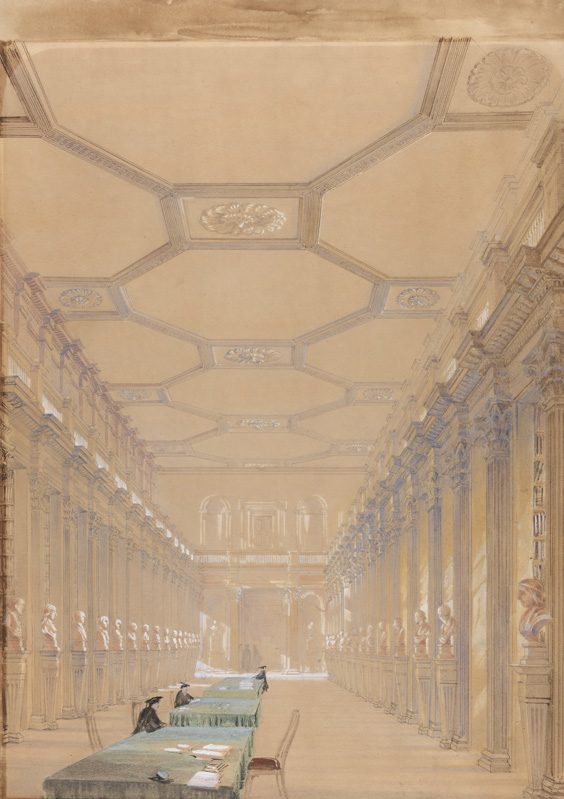
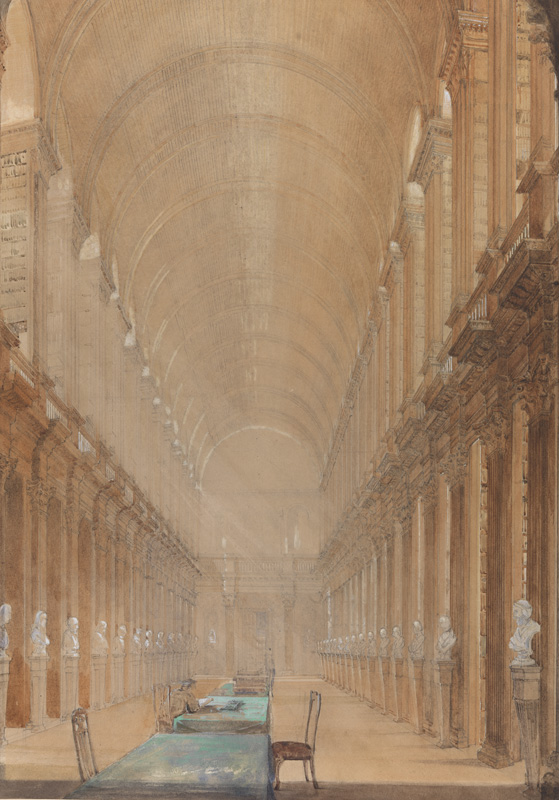 Watercolours of Long Room before and after alterations, by Sean McManus
Watercolours of Long Room before and after alterations, by Sean McManus
Images courtesy of the Trinity College Art Collections
Today the Long Room stands at 63.7 metres long, 12.2 metres wide and 14.2 metres high. It is a popular tourist destination for visitors to Dublin, and part of the overall Book of Kells experience. Its layout, inspired by other libraries such as the Wren in Trinity College Cambridge and Marsh’s Library in St Patrick’s Close, has in turn become the inspiration for the look of other libraries and archives, even fictional ones.
Unlike Trinity College Library the Jedi Library in Star Wars: Episode II - Attach of the Clones was open all hours. The Archive was accessible to all Jedi in need of information. The design of this fictional building is said to be closely based on that of the Long Room.

